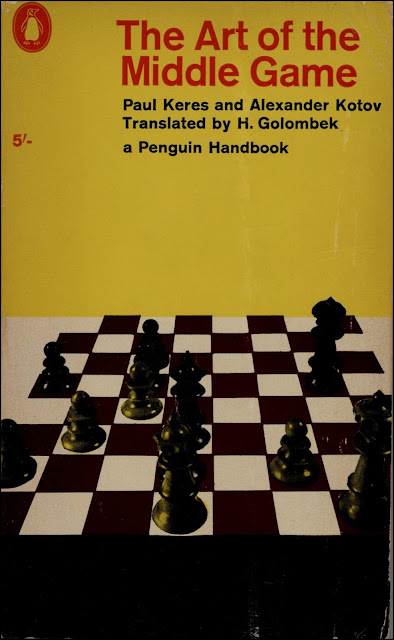

Issues 4 and 5 of Michael Basman's Popular Chess magazine in 1983 included two long articles by Kenneth Rose with recommendations for starting a chess library for the improving average club player. He explored five categories: master games collections, endings, tactics, openings and the middle game; and narrowed his selections down to one book in each.
Rose canvassed many strong players on which books to recommend, and all agreed that the single most important aspect is to study complete master games. He dismissed a number of candidate games collections for various reasons: (bearing in mind that these are recommendations for average players only).
Logical Chess: Move by Move, by Irving Chernev, because of "his general attitude... oversimplification and gushing praise for his heroes".
The Art of Chess Analysis, by Jan Timman, "I find the reams of variations mind-boggling". Incidentally, Timman's latest book, Timman's Titans, has been very well received and was awarded Book of the Year 2017 by the English Chess Federation.
Capablanca's 100 Best Games of Chess, by Harry Golombek, "very disappointed with the annotations".
And a book that is rarely criticised, My 60 Memorable Games, by Bobby Fischer, "you only see one man's style of play" and "you can never really tell how many of the wonderful variations Fischer saw at the board, and how much of the tactical illustration is post facto justification of lines which he played instinctively".
Rose's ultimate choice in this category was The Chess Struggle in Practice by David Bronstein, for the following reasons:
Turning to endings, Rose declared that the single best book on the basics of the endings is Averbakh's Chess Endings: Essential Knowledge, but for a more advanced general treatise on the endings his overall recommendation was Practical Chess Endings by Paul Keres.
After studying master games and endings, the third priority, according to Rose is tactical ability, and he discussed Kotov's books: Think Like a Grandmaster and Play Like a Grandmaster, and Combinations in the Middle Game by Bondarevsky, before recommending as his final choice; It's Your Move by Rudolf Teschner and Tony Miles.
On the topic of openings Rose refers to the obsession of many players with studying openings books, when most of their games are decided by tactical blunders or poor positional judgement later in the game. He advised that repertoire books and openings encyclopedias should be avoided completely, commenting that the most important requirements in learning to play the openings are: a knowledge of general principles, how these lead to middle game plans, and an historical overview of the development of the understanding of the openings.
Declaring that he knows of no book which adequately meets all three of these requirements for this strength of player, Rose then discussed Reti's Masters of the Chessboard, How to Open a Chess Game, by various authors,
and Modern Chess Opening Theory by Suetin, before finally recommending The Ideas Behind the Chess Openings by Reuben Fine.
and Modern Chess Opening Theory by Suetin, before finally recommending The Ideas Behind the Chess Openings by Reuben Fine.
Regarding the middle game, Rose by-passed Euwe and Kramer's The Middle Game, 2 volumes, Euwe's Judgement and Planning in Chess, Pachman's Modern Chess Strategy, Nimzowitch's My System, Stean's Simple Chess,
and Littlewood's How to Play the Middle Game in Chess, although calling all of these "classics". For his final recommendation Rose settled on The Art of the Middle Game by Paul Keres and Alexander Kotov, explaining that the two chapters by Kotov are "good" and the two by Keres are "absolutely superb".
and Littlewood's How to Play the Middle Game in Chess, although calling all of these "classics". For his final recommendation Rose settled on The Art of the Middle Game by Paul Keres and Alexander Kotov, explaining that the two chapters by Kotov are "good" and the two by Keres are "absolutely superb".
Rose's five recommendations from 1983 are probably still valid selections 35 years later, except of course for the archaic descriptive notation in the original English editions. Some of these, however, have been re-issued with algebraic notation.
© Michael Clapham 2018























